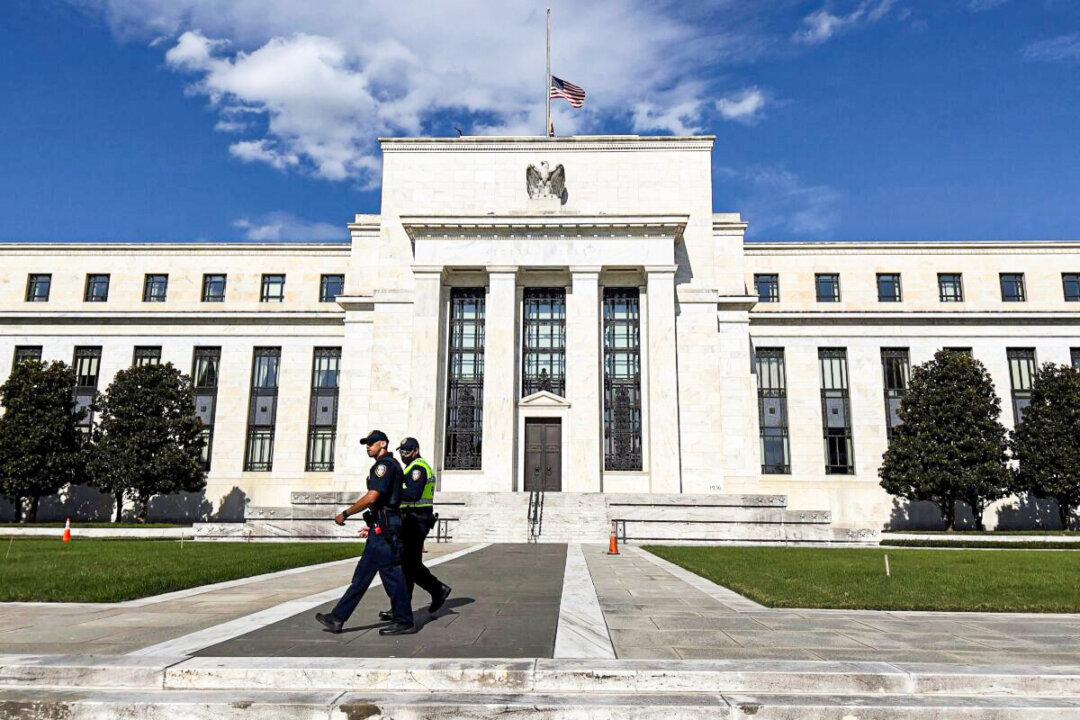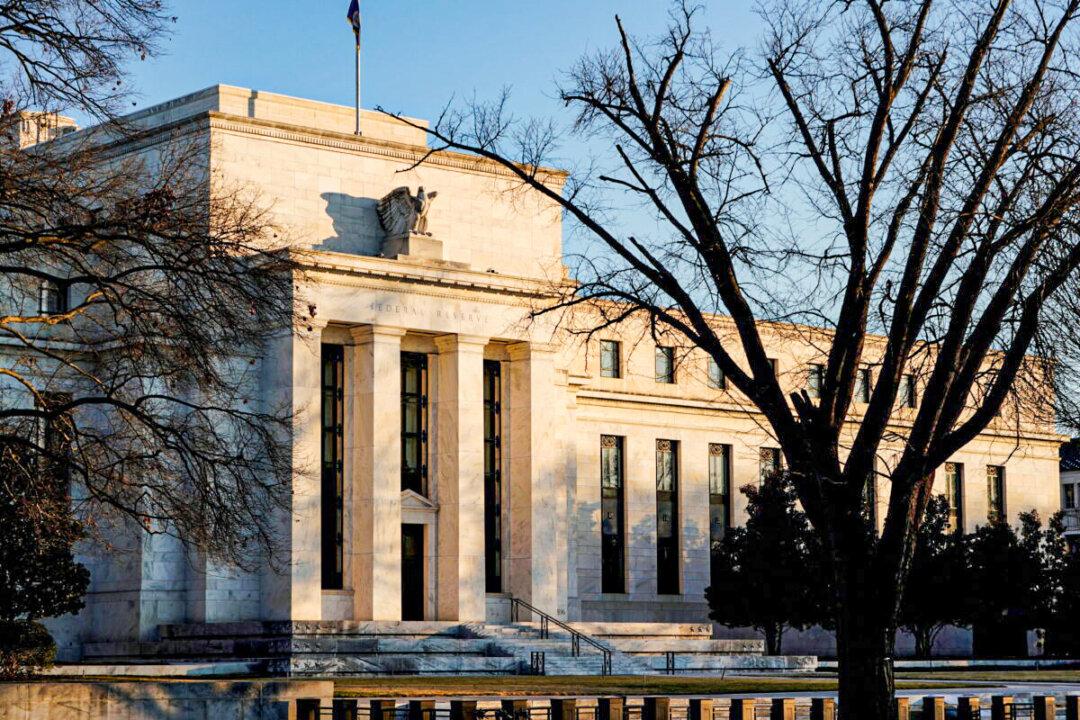Commentary
First, it was the Federal Reserve, then the Bank of England, and finally the European Central Bank have announced the end of their Quantitative Easing programs. By the end of March, all three central banks are expected to end their large-scale asset purchase programs, except for the European Central Bank, which will only end its pandemic emergency program.





